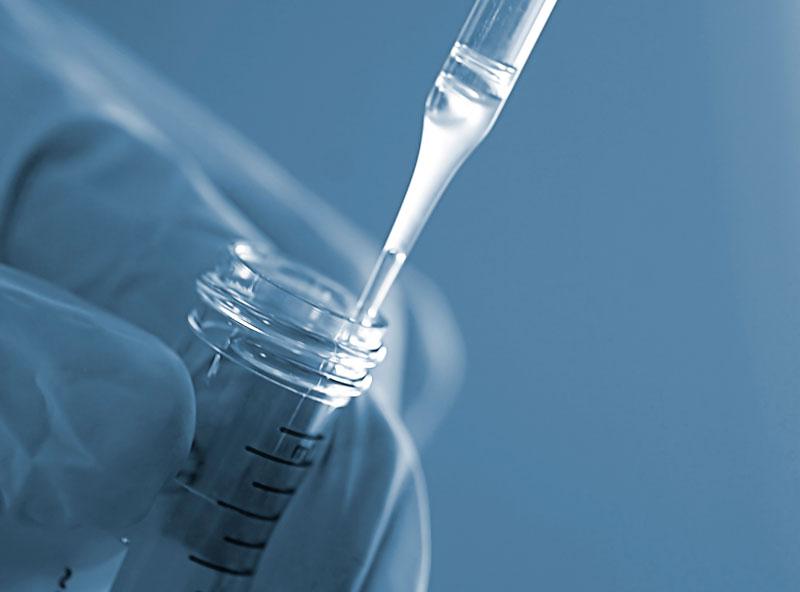
One in five men seeking medical help for a couple’s primary infertility have asymptomatic semen infections, which contribute to impaired sperm concentration, a study has found.
Researchers looked at 1,689 infertile men, all of whom underwent semen culture test to identify common urogenital pathogens. They used a real time polymerase chain reaction platform to evaluate infections by Chlamydia trachomatis, Ureaplasma urealyticum and Mycoplasma hominis.
A total of 354 men (21.0 percent) had an asymptomatic positive semen culture. The most frequent pathogens isolated were Ureaplasma urealyticum (37.6 percent), Enterobacteriaceae (any type; 24.8 percent), other pathogens (HPV, Gardnerella vaginalis, Candida albicans; 20.3 percent), Chlamydia trachomatis (3.4 percent) and Mycoplasma spp (3.4 percent).
Men with positive vs negative semen culture were more likely to be active smokers, have lower sperm concentration and progressive sperm motility values. There were no significant between-group differences observed in semen volume, normal sperm morphology and semen leucocyte count.
Positive semen cultures exerted a negative effect on sperm concentrations (p<0.001) and progressive motility (p<0.001). The association with the latter was stronger among men with infections caused by Ureaplasma urealyticum than among those with negative semen cultures.
Univariable and multivariable regression models consistently showed an association between positive semen culture and a lower sperm concentration (p<0.001 and p=0.04, respectively).
The present data point to the importance of an accurate investigation of semen infection in the everyday clinical practice diagnostic workup of infertile men, according to the researchers.